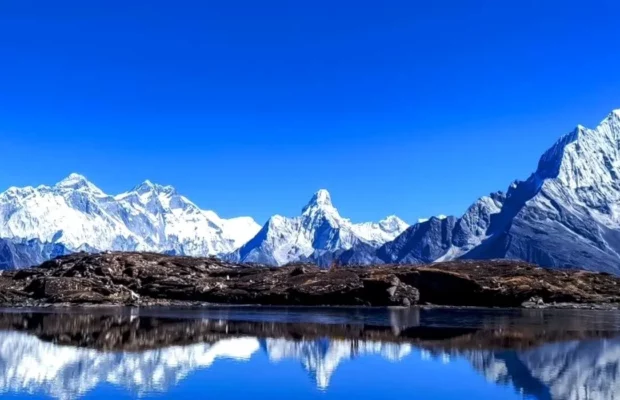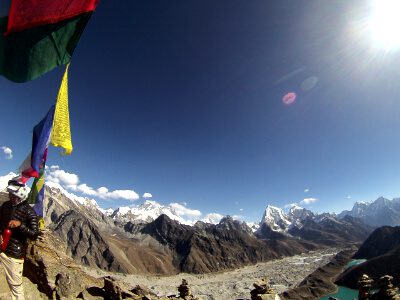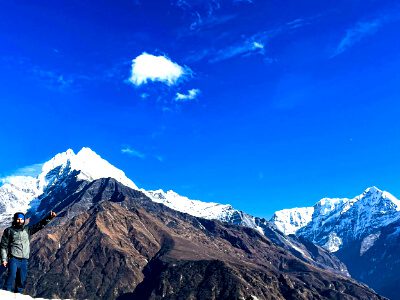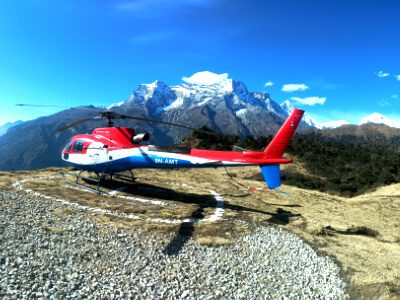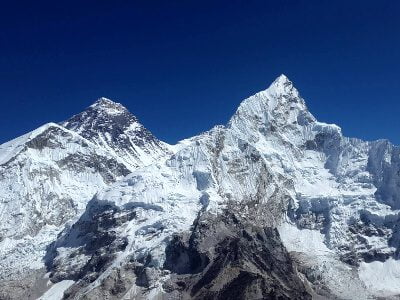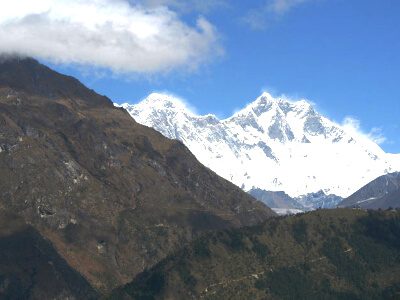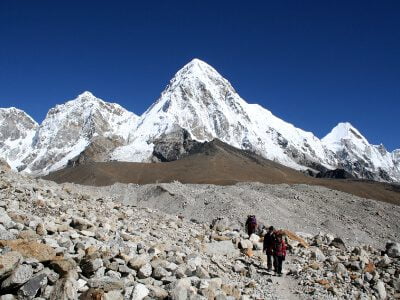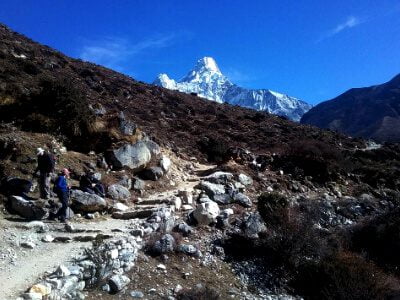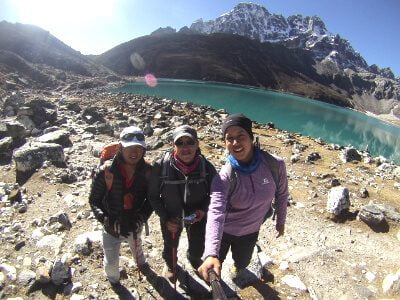- LICENSE NO: 1058/066

- Nepal
-
- Trekking
-
-
- Everest Region
- Everest Base Camp Trek – 14 days
- Everest Base Camp Trek for Beginners
- Everest Base Camp Luxury Trek – 16 Days
- Everest Base Camp Trek -17 days
- Everest Base Camp Trek -12 days
- Everest High Passes Trek -21 days
- Everest View Trek – 5 Days
- Everest Panorama Trek – 7 days
- Short EBC and Chola Pass Trek – 14 days
- Gokyo Lake Trek – 13 days
- Short Everest Base Camp Trek – 10 Days
- Jiri to Everest Base Camp Trek – 20 days
- Everest High Passes Short Trek – 15 days
- Chola Pass with Everest Base Camp Trek – 19 days
- Everest Region
-
- Annapurna Region Treks
- Annapurna Base Camp Trek – 14 days
- Annapurna Base Camp Short Trek – 10 days
- Kathmandu Chitwan Poon Hill Tour – 12 days
- Mardi Himal Trek – 9 days
- Annapurna Circuit Trek – 18 days
- Annapurna Circuit Trek – 14 days
- Ghorepani Poon Hill Trek – 9 days
- Annapurna Circuit with Tilicho Lake Trek – 20 days
- Short Annapurna Circuit Trek – 12 days
- Khopra Ridge Trek – 11 days
- Annapurna Region Treks
-
-
- Destinations
- Travel Info
- Company
- Contact
- Plan a Trip



